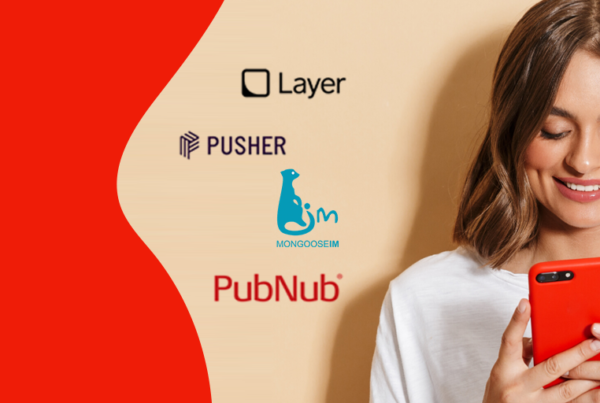Robots and androids have always fascinated us. Thinking machines and artificial beings have been a subject of great amusement for us since early history, appearing in Greek myths as Talos of Crete, the bronze robot of Hephaestus and Pygmalion’s Galatea. That fascination still continues in the 21st century. While the use of artificial intelligence is growing thanks to increasing industrial adoption, the consumer market sees robots very differently. Many of us imagine robots as extraordinarily grotesque and often scary, right out of a science fiction movie. Another recent blog touching on this subject provided several examples of how cinema portrays thinking machines and robots as a threat to society. However, in reality a robot is simply a piece of technology, not some evil gadget like those we’ve seen in movies.
A likely explanation for this phenomenon is that when we think of artificial intelligence and robots, we don’t imagine smart machines like a drone that can save lives, we imagine human-like robots. That idea, naturally, is somewhat creepy!
But let’s forget creepy robots and androids and discuss instead how robotics and artificial-intelligence technologies are rapidly making their way into the industrial scheme of things in the form of smart machines, which are currently an over $6.2 billion industry. Ultimately, as technologies mature, the consumer market will also see robotics and artificial intelligence become more commonly accepted into everyday lives, meaning we may actually be able to have a robot, or simply put, a smart machine, in our homes. How soon this is likely to happen will depend on a variety of factors.
Last year, Gartner published one perspective on this subject in an interview with vice president and Gartner Fellow Jackie Fenn. She said, “The day when your computer will know you better than any human is not as far off as you may think.” The article goes on to state that growing adoption of artificial intelligence and robotics will ultimately lead to augmenting human efforts with technology, machines replacing human workers, and humans and machines working together.
Smart machines represent “deep learning” artificial intelligence or, more technically, convolutional neural networks used to design applications that understand text and images well enough to perform work traditionally conducted by humans. Some examples of smart machine applications that are already in use include proactive search tools, natural-language understanding, machine learning, virtual customer assistants, high-level cognizant computing, advanced vision systems and real-time speech-to-speech language translation systems. While devices with these capabilities are all classified as “smart machines,” some are smarter than others and, despite improvements, some still appear unintelligent to most people. After many years in artificial intelligence, Facebook Artificial Intelligence Director Yann LeCun has been working on deep learning, which will potentially make robots smarter. But there are still limitations. In an interview with IEEE Spectrum LeCun says, “I’ve said before that working on AI is like driving in the fog. You see a road and you follow the road, but then suddenly you see a brick wall in front of you.”
When we consider how soon and to what extent smart machines powered by advanced artificial intelligence may become part of our everyday lives, concerns that they may be a threat continue to crop up. Not in the sense of evil robots physically destroying the entire human race, but rather the more realistic and often-discussed question of how automation will impact our workforce. According to Forbes, “Gartner’s 2013 CEO survey shows that 60% of CEOs believe that the emergence of smart machines capable of absorbing millions of middle-class jobs within 15 years is a ‘futurist fantasy,’ but Gartner itself predicts that smart machines will have a meaningful business impact in half that time.”
We may want to argue that machines completely replacing the human workforce is extremely unlikely. But there is still great potential for productive collaboration, whereby machines take over redundant and mechanical tasks while employees spend their time on more creative, innovative and productive work. It would certainly still have an impact on the workforce from the bottom rungs to the top, but wouldn’t that be a positive development?
Smart machines and many related technologies that could become part of our personal lives have already been advancing on the bell curve representing the Internet of Things and we may very well have them in our homes in the not-so-distant future. However, as far as human-like robots becoming part of our families and working for us inside of our homes—that still appears to be something straight out of a science fiction movie.



























